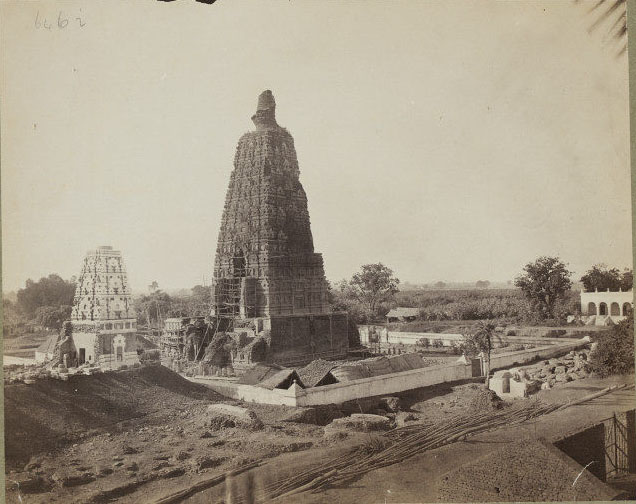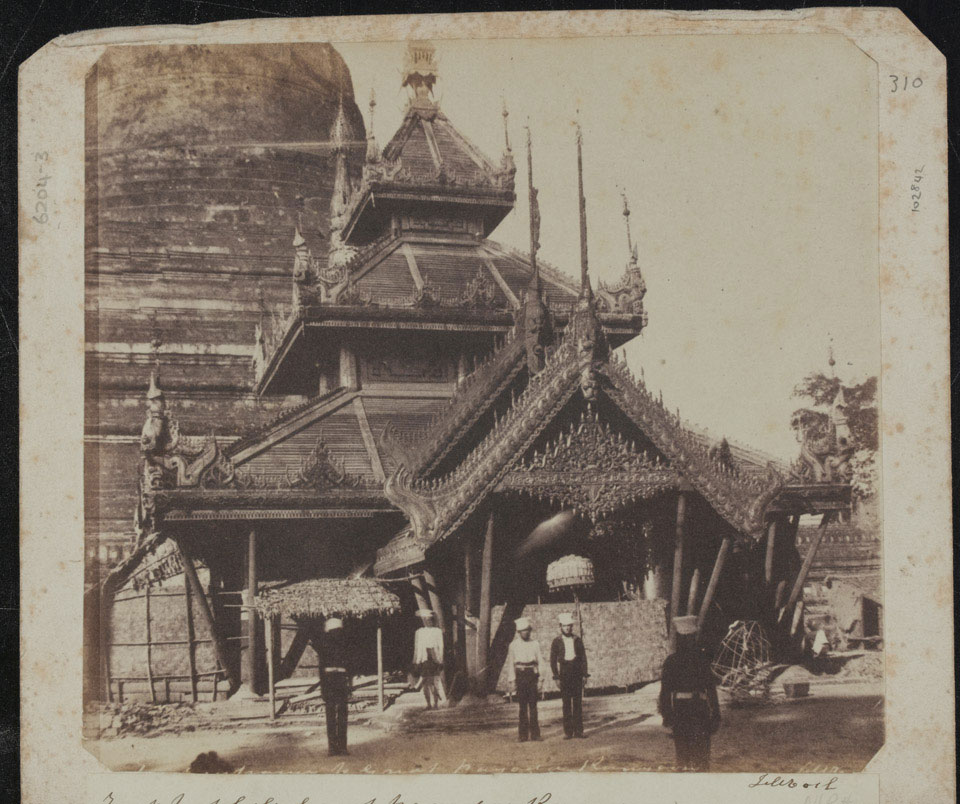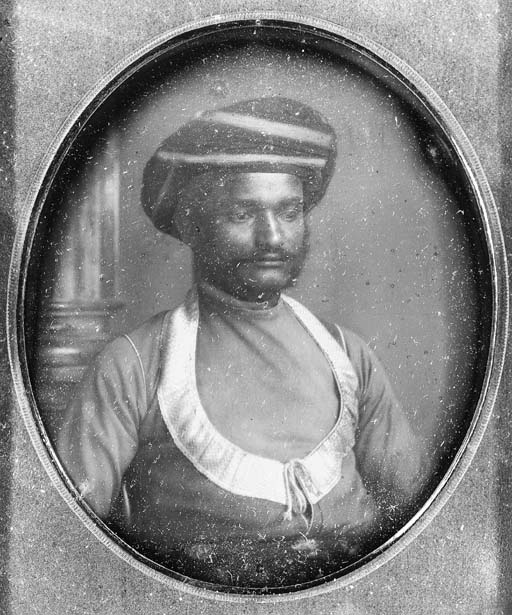Eugene Clutterbuck Impey (1830 – 1904), was born in Paris and joined 5th Bengal Native Infantry 1851. He was a third-generation to serve the East India Company in India. He was a prolific and skilled photographer and member of the Committee of the Photographic Society of Bengal 1865.

He was among some of the 19th century photographers commissioned by the East India Company (EIC) to take series of ethnographic photographs of different tribes, races and castes.
The EIC prompted photography in British India to capture and present an exotic image of India. EIC also commissioned photographers to record the vast diversity of people and their dress, manners, trades, customs and religions which functioned as souvenirs for British residing in India. Photographs were circulated to fuel the imaginations and preconceptions of the British at home in England by providing images of a distant empire. The photographs of India were also used as a tool to motivate young British who were reluctant and had little interest to travel and work in India.
Eugene Clutterbuck Impey served much of his career in Rajasthan, becoming the assistant agent to the Governor-General in Rajputana in 1856 and the political agent in Alwar in 1858 in north-eastern Rajasthan. During his five years there, he photographed extensively, Delhi, Agra and Rajasthan amassing material for a book of architectural and landscape scenes.
He mastered atmospheric landscape photographs and skilfully integrated juxtaposed elements in his landscapes and monumental images. His landscape works, published as an album titled “Delhi, Agra, and Rajpootana” in 1866, by Cundall, Downes and Co., London contained 79 mounted albumen prints. It is Impey’s only known work and only 25 copies are believed to have been published.
The Collodion negatives of Captain (later Colonel) Eugene Clutterbuck Impey made during his service as a political agent in Rajasthan in the 1860 and 1870 and of a surviving album of his albumen prints belong to the inheritor Andre Impey. Another album of Impey’s Indian photographs, with his annotations was found in possession of Lawrence Impey, a descendant of Eugene Clutterbuck Impey. This album contains 39 platinum prints, which were taken from some of Impey’s smaller format negatives including stereographs images dating from various phases of his photography activity in India. The prints are mounted in a small commercial album of 26 pages, measuring 13.2x20cm.
Thirty four negatives were rediscovered in Bodleian Library, Oxford with the size or 10×12 inch glass plates, the largest size used by Eugene Clutterbuck Impey.
A major use of the Collodion Wet Plate process or glass plates was to produce negative images on glass for printing out positive images on albumen paper. The Wet Collodion negatives marked the shift from direct positive images like Daguerreotype to the negative/positive process.
Albumen prints that were produced by the wet plate negative comprise approximately 80 per cent of the existing prints in nineteenth-century historical collections in the world.
Reference
https://www.getty.edu/art/collection/artists/3506/capt-ec-impey-british-born-france-1830-1904/
https://architexturez.net/doc/doi-10-1080/03087298-1979-10441106
https://www.europeana.eu/
https://www.nationalgalleries.org/search-all/Eugene%20Clutterbuck%20Impey
The Origins of Photography in South Asia Selected Themes, Joachim K.Bautze
Eugene Impey in Rajasthan, Andrew Topsfield









